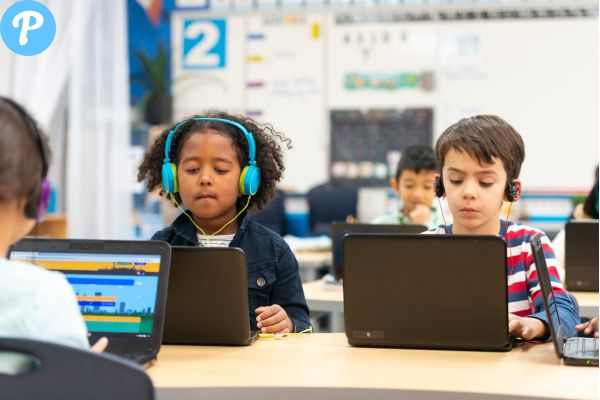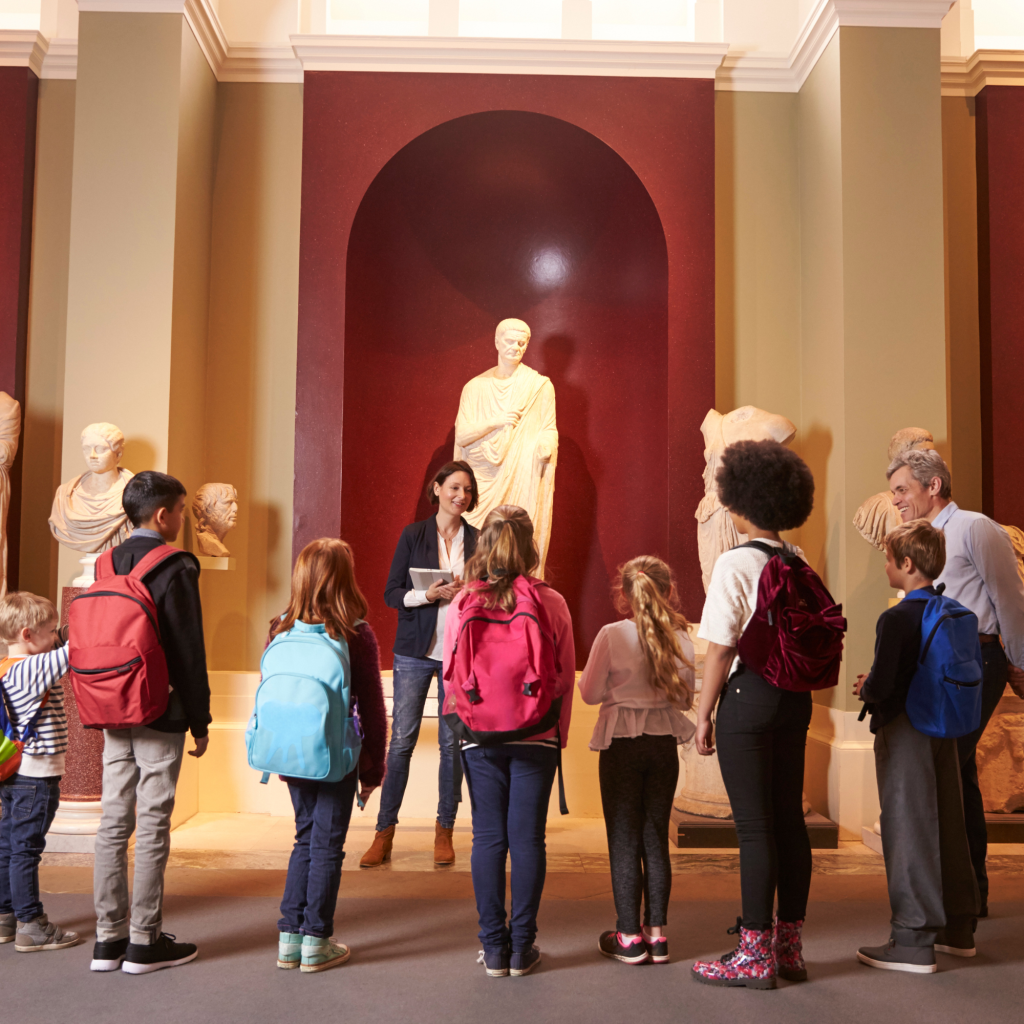The rapid pace of technological advancement continually revolutionizes educational methodologies, opening doors to unparalleled teaching and learning possibilities. As leaders, overseeing large communities of students, teachers, and staff, principals bear the responsibility of staying abreast of these developments. By proactively monitoring advancements, they can anticipate changes that reshape instructional methods, administrative processes such as safety and security, and overall learning environments. This foresight enables them to adapt policies and allocate resources effectively, ensuring seamless integration and minimizing disruptions that can otherwise disrupt educational continuity.
This guide examines a range of emerging innovations for principals. This will allow them to prepare their institutions for the swiftly approaching education landscape of tomorrow. We will explore rising instructional techniques, safety and security technologies and change management strategies to frame smooth implementations.
Instructional Innovations
Several highly promising innovations at various stages of maturation will define classrooms in coming years:
Artificial Intelligence and Adaptive Learning Software
Powerful proprietary education algorithms allow tailored systems to analyze areas where individual students excel quickly or struggle persistently. Academic and engagement data informs related lesson suggestions, assignments catering to demonstrated competencies, and interactive modules supporting growth areas. In turn, creating a personalized learning experience for focused skill development beyond the limitations of generalized teaching. As the technology matures, adaptive learning minimizes one-size-fits-all restrictions freeing teachers to individually support students needing dedicated coaching.
Immersive Experiential Learning Environments
Hyper-engaging new mediums transport students into vivid experiential simulations energizing instructional content – like interacting within virtual tropical rainforests, walking historic battlegrounds in augmented reality, or collaborating with peers building 3D models. By captivating student imagination exponentially beyond the limits of physical classrooms, these systems promote information retention and delight illuminating mundane topics.
Centralized Learning Analytics Dashboards
Automated dashboard analytics condense progress metrics from diverse systems including assignments, formative assessments, standardized testing, learning software student activity etc. into graphical snapshots readily informing teachers and school leaders on engagement patterns and growth trends at classroom or individual levels. Holistic visibility enables timely personalized interventions for at-risk students that may have previously slipped through cracks.
Mobile and Game-Based Learning
Intuitively familiar apps, simple rewarding game elements woven into courseware, and multimedia accessibility across student devices makes learning more obscure topics relatable. This approach aligns to digitally native generations’ preferred media engagement methods. These supplements to foundational teaching techniques promise persistent accessibility and retention improvements.
Administrative Innovations
In parallel elevating academics, optimizations using emerging technologies also streamline essential school operations:
Enhanced Physical Security Infrastructure
Integrating next generation solutions like automated firearm detection through artificial intelligence assessing security camera footage, efficient visitor management procedures, sophisticated entry access control systems and instant emergency notification networks markedly bolsters campus safety.
Automated Student Dismissal Management
Often, schools of all sizes face complex challenges managing daily logistics. This includes coordinating customized bus routes, ensuring no student is overlooked, safely handling vanpool transitions, tracking campus attendance, and communicating with parents. Automating these tasks through dismissal management platforms alleviates a longstanding burden on administrators and staff.
Emergency Notification Networks
Modern mass notification systems enable instant coordination by simultaneously launching alerts across multiple channels. This can be desktop alerts, SMS messages, push notifications to mobile devices, digital signage displays, IP speakers throughout schools to convey critical instructions to all stakeholders. These powerful tools grant precious minutes executing emergency protocols during rare but disruptive incidents. Integrations confirm statuses through real-time check-ins and direct messaging securing connections.
Centralized Facility Usage Analytics
HVAC, lighting, and other in-building systems produce immense usage data. This data informs opportunities to optimize electricity, heating, and cooling expenditures across campus when holistically monitored. This monitoring often uncovers unnecessary energy waste. Additional sensors track room occupancy percentages, environmental conditions, and assets due for preventative maintenance. These sensors feed advanced analytics that predict the ideal settings campus zones require moment to moment.
Change Management & Training
To maximize returns on promising education investments, strategic implementation and change management proves mandatory ensuring broad user adoption:
Baseline Staff Readiness Surveys
Confidentially survey all educators and staff to accurately gauge acceptance levels, hesitations and change readiness limitations around impending technology initiatives and innovations. Discover primary obstacles informing targeted change management priorities and training needs at broad or departmental levels.
Phased Pilot Deployments
Initially rollout emerging solutions within limited real-world environments and user groups to foster small-scale success clarifying policies, optimizing integrations, and resolving local obstacles at manageable scale prior to institutional standardization. Let pilot teams spotlight unforeseen limitations.
Extensive Ongoing Training
Deliver skills training repeatedly through multiple mediums like online self-help modules with forums, downloadable job aids and cheat sheets addressing feature specifics user groups request or printed user manuals supporting various learning preferences during onboarding onto new solutions. Plan supplemental workshops addressing latest upgrades and best practice evolutions.
Continual Solution Optimization
Solicit authentic feedback from users and monitored system data to redress issues rapidly while streamlining policies maximizing ROI on implementations. Regularly communicate optimization changes, new feature rollouts and user success stories building staff trust in solutions.
By acknowledging promising techniques and management solutions entering schools soon rather than feigning parochialism, proactive leaders lessen disruption threats, align strategic investments to pedagogical goals and ready staff confidently upholding both academic and operational excellence all students deserve campus-wide.
Conclusion
As Artificial Intelligence advances to enable personalized learning and immersive simulations redefine engagement, tomorrow’s innovations continually elevate educational standards under the guidance of principals. Anticipating these transformative technological shifts in instruction, administration, and environment design prepares institutions to better serve their communities. By implementing comprehensive solutions like Pikmykid, which will streamline notification systems, dismissal logistics, and emergency protocols through automated processes, schools prioritize the well-being of students and staff, saving valuable time each day. Embracing these supportive technologies now ensures confident leadership in the face of future challenges. The future holds promising opportunities for us all.
Request a personalized demo today.



